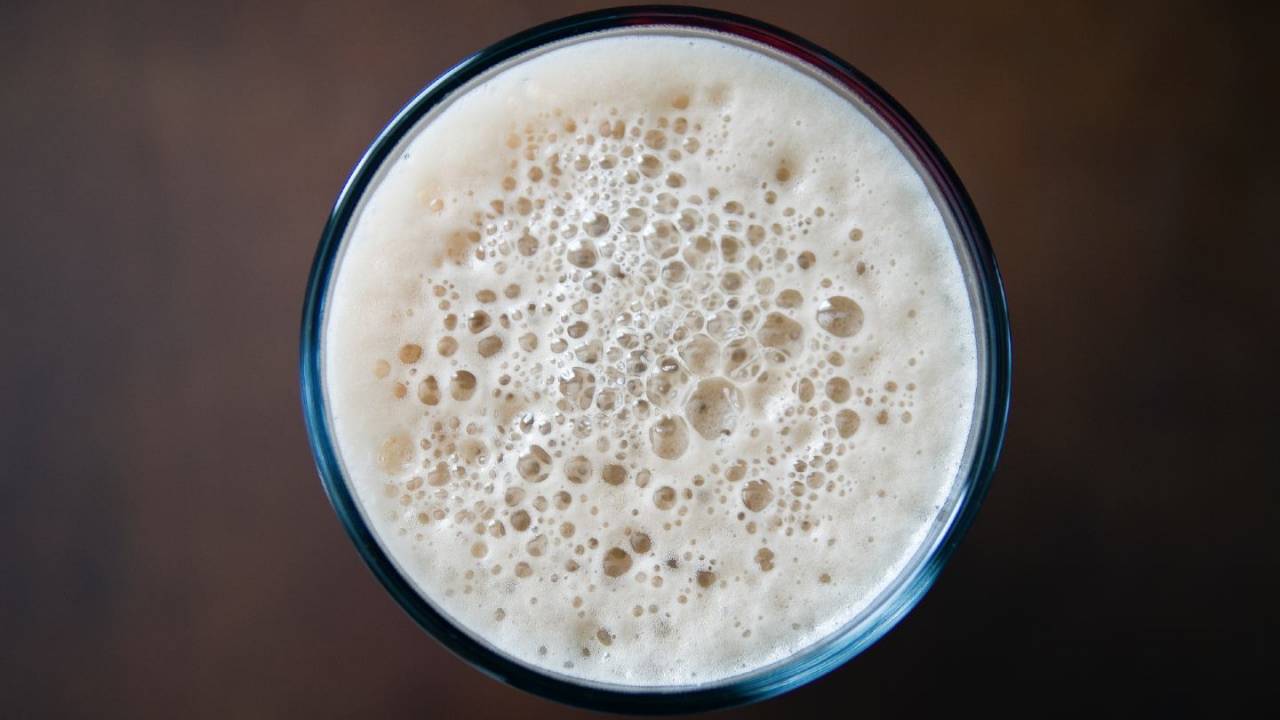Brief History
Non-alcoholic beer first started popping up in the U.S. in 1919, Prohibition. It was decided that the strongest a beverage could be is 0.5 percent alcohol by volume (ABV). If that number sounds familiar, it’s because that percentage has stuck, and “non-alcoholic” beers today still have 0.5 percent ABV as their upper limit. So, some of the large breweries began making “near beer,” stuff that was very pale, didn’t have much flavour, and was right at 0.5 percent ABV.
Thirteen years later, Prohibition was banished. A lot of people had developed a taste for that super light, bland beer. For the breweries that had been making the “near beer” during Prohibition, it was easy for them to carry on as usual, but they left more of the alcohol in. This is a partial explanation for the popularity of the light, bland lagers (Miller, Coors, Pabst, Bud, etc)
Production
Non-alcoholic beer starts its life as a normal beer. In fact it goes through almost the full process, from making a mash, boiling the wort, adding hops, and even fermenting. While regular beer will then be bottled (or canned or kegged) and aged, non-alcoholic beer must have its alcohol removed.
The most common way that alcohol is removed from beer is through heating. Alcohol has a much lower boiling point than water. At sea level, it’s roughly 173 degrees F. The fermented beer is heated up to that point and kept there until the solution is only 0.5 percent ABV. However, heating changes the flavour of the beer significantly, because we are cooking all the ingredients again. To minimize this, some brewer practice vacuum distilling. Depending on the power of the vacuum, the alcohol’s boiling point may be lowered as far as 120 degrees, which is much less disruptive to the flavours.
Another technique that’s sometimes used by brewers is reverse osmosis. Beer is passed through a filter with pores so small that only alcohol and water can pass through. The alcohol is distilled out of the alcohol-water mix using conventional distillation methods, and the water and remaining acids are added back into the syrupy mixture of sugars and flavour compounds left on the other side of the filter. Because the main ingredients aren’t heated, this technique causes less flavour degradation, so it gives generally preferable results, though it’s more labour intensive and requires more equipment.
Even after the alcohol is removed, we’re not done yet. We’ve got some liquid that tastes reasonably like beer, but it’s flat. Most respectable beer carbonates itself as it finishes out the fermentation process inside its bottle. As yeast is metabolizing sugar into alcohol, one of the by-products is CO2, which gives you bubbles. Most brewer of non-alcoholic beer simply inject the brew with CO2 during the bottling (or kegging or canning) process. So, it’s really sorts of a beer-flavoured soda. Others will toss in a little bit of starter yeast with a little more sugar and let it ferment in the bottles, but this is a trickier process, since you are liable to reintroduce a small amount of alcohol. Also, your bottles may explode if you do it wrong.
The Taste
Drinkers will probably tell you, “Because it doesn’t have alcohol! ” then walk away picking their noses and feeling smug. They’re not entirely wrong, but more than flavour, alcohol adds to the mouthfeel of the beer. It gives it that dryness, and it can accentuate some of the sweet flavours in the malt, but alcohol doesn’t really add any flavour itself.
The largest culprit is the alcohol removal process, especially when heat is involved. Hops are added at three stages of the boiling process: the early hops are to add bitterness, the later hops are for flavour (citrus flavours), and then they’re added at the very end for aroma. Some beers (especially IPAs) are also dry-hopped, meaning hops are added to it for a period after the beer is removed from heat. The bitterness of hops is hearty, as is the beer’s malty sweetness. However, the flavour and the aroma are far more delicate, and aren’t likely to survive the reheating for alcohol removal.
Despite all the challenges the modern brewers have taken a more innovative approach to achieve a more “near beer” flavour in NA beers.One of the main reasons NA beers are getting popular is due to improved quality and taste, thanks to the new technology.
By
Keshav Thapa


